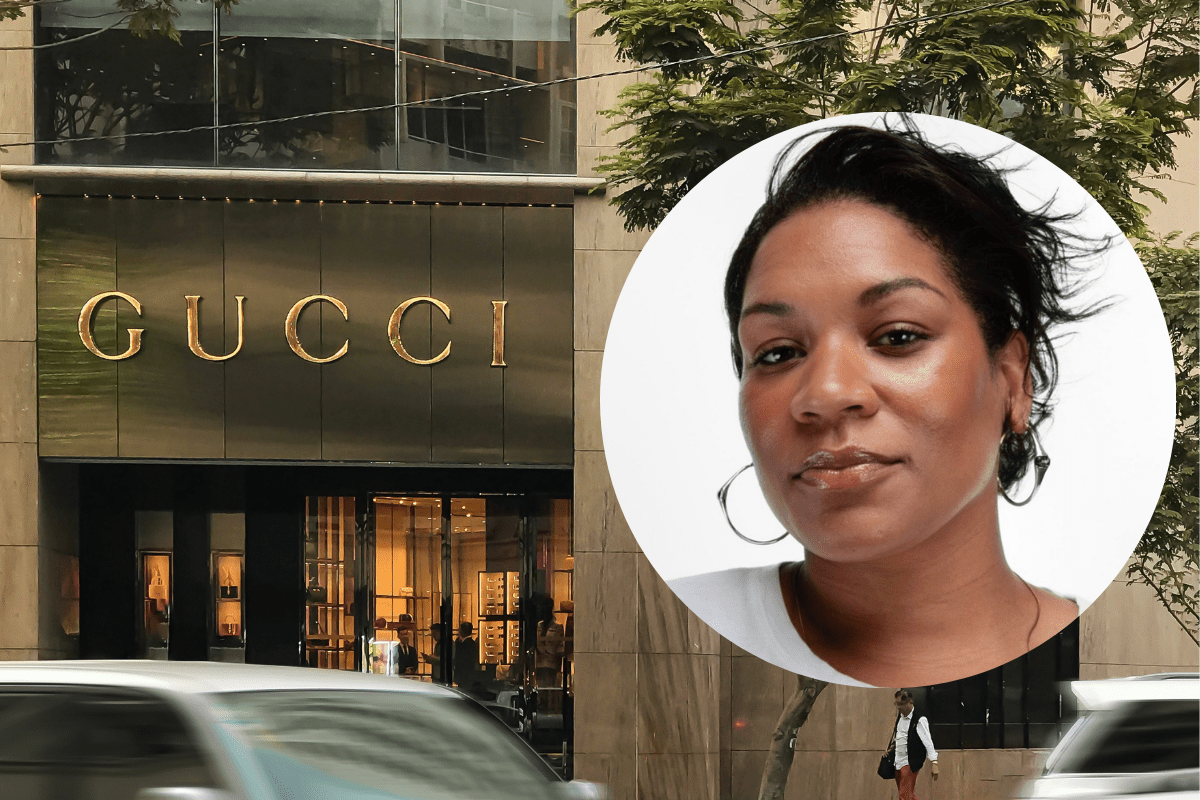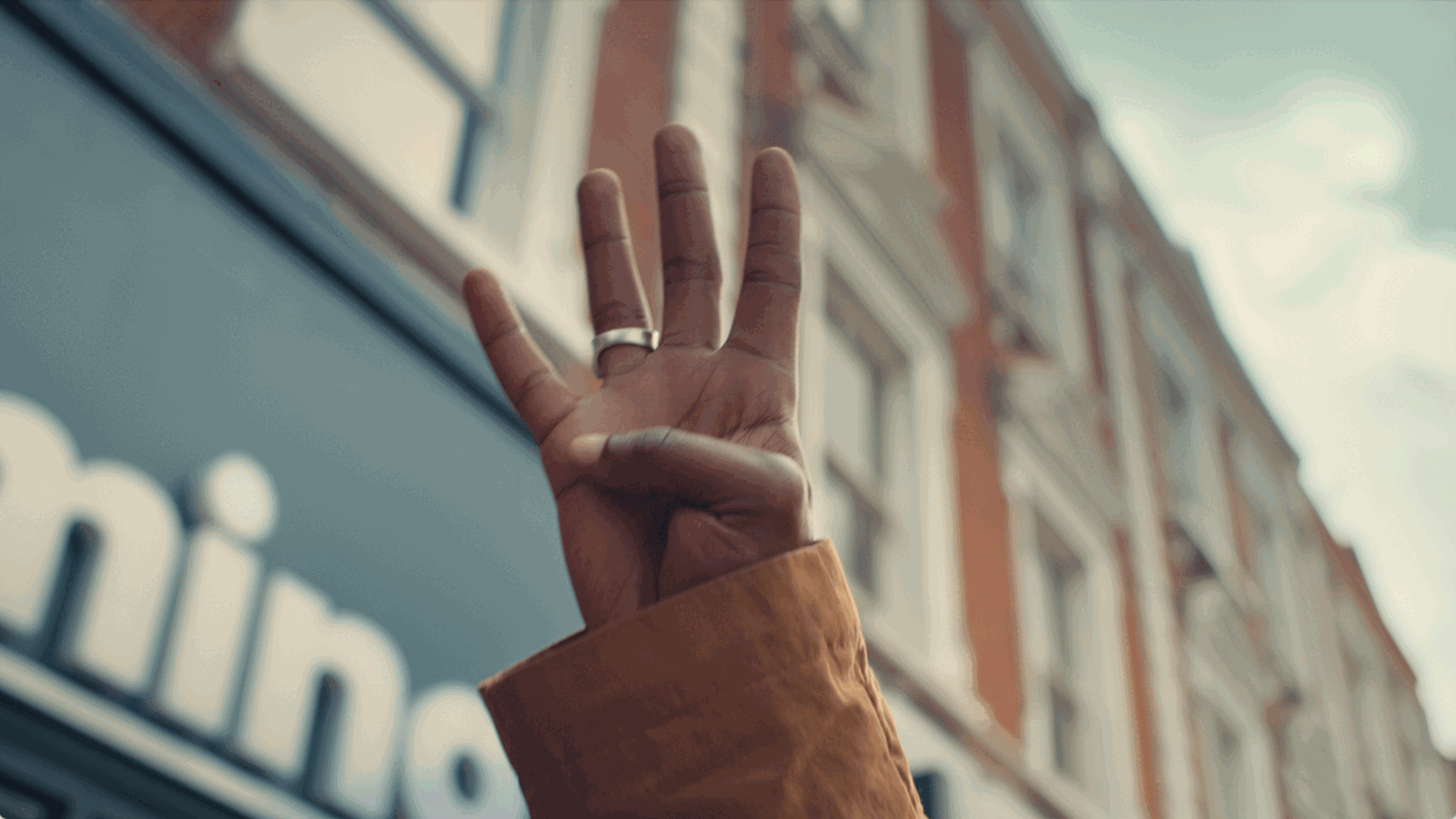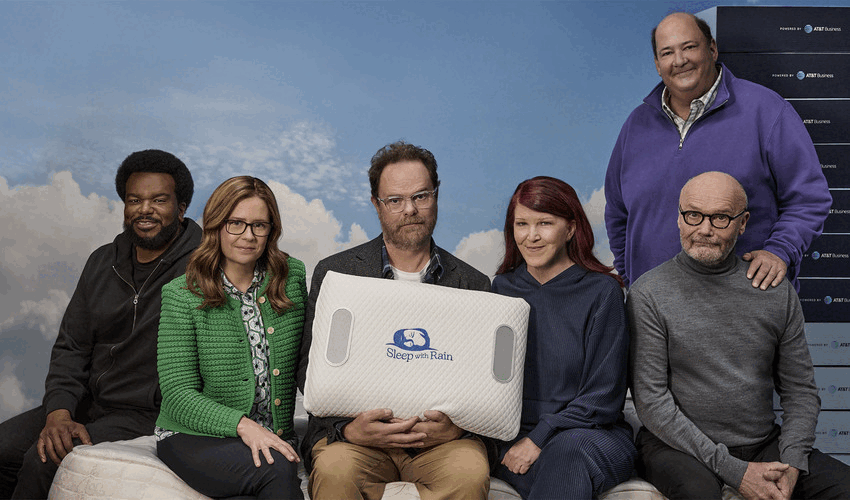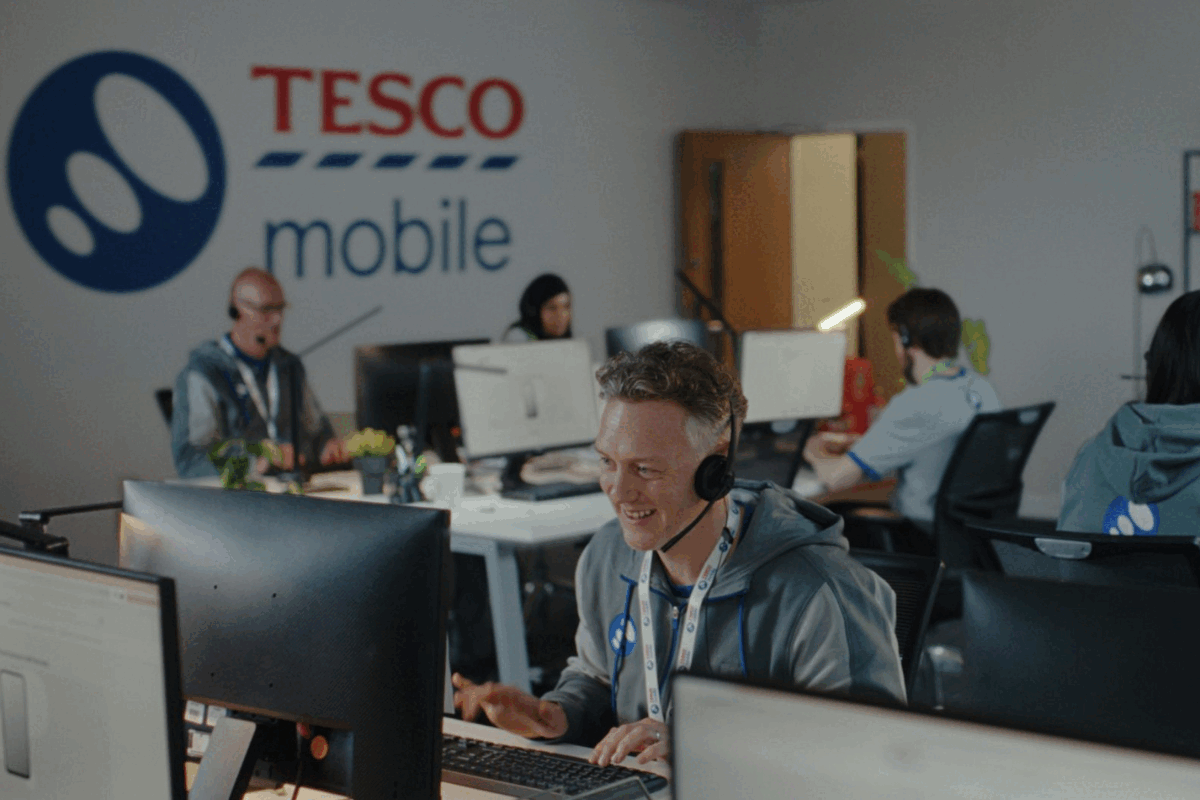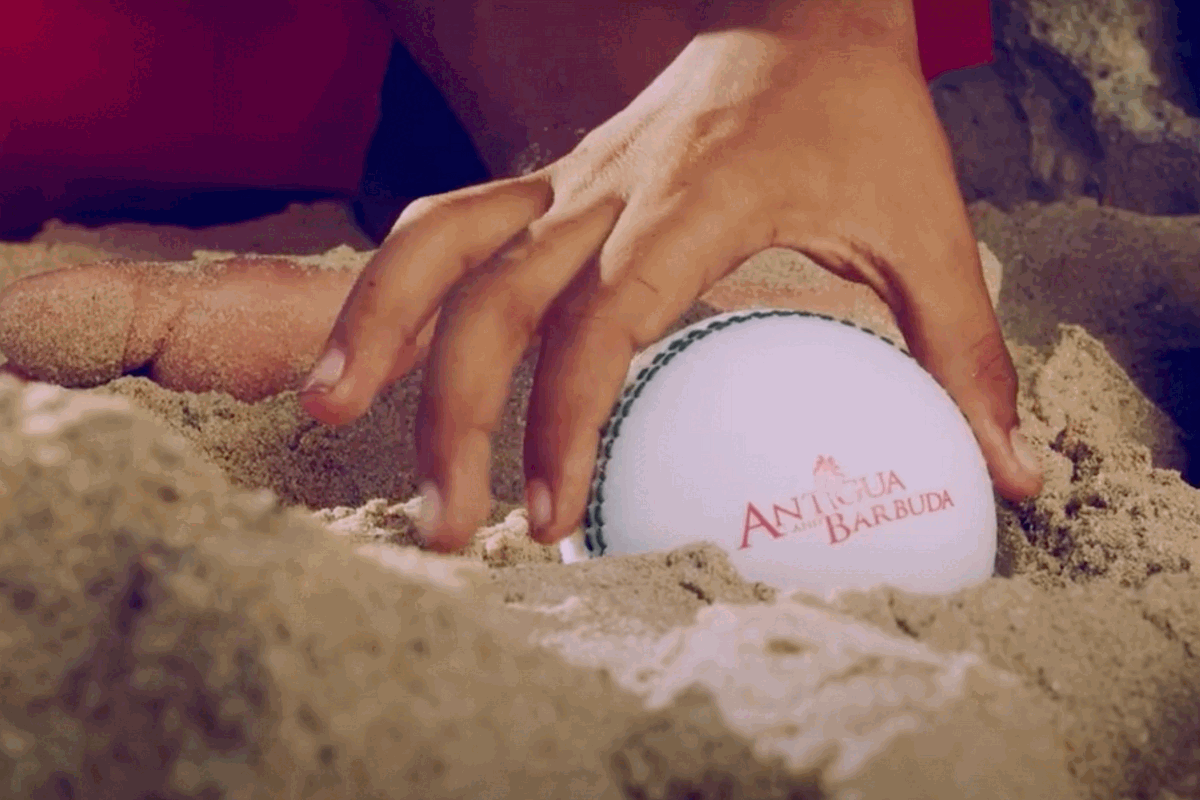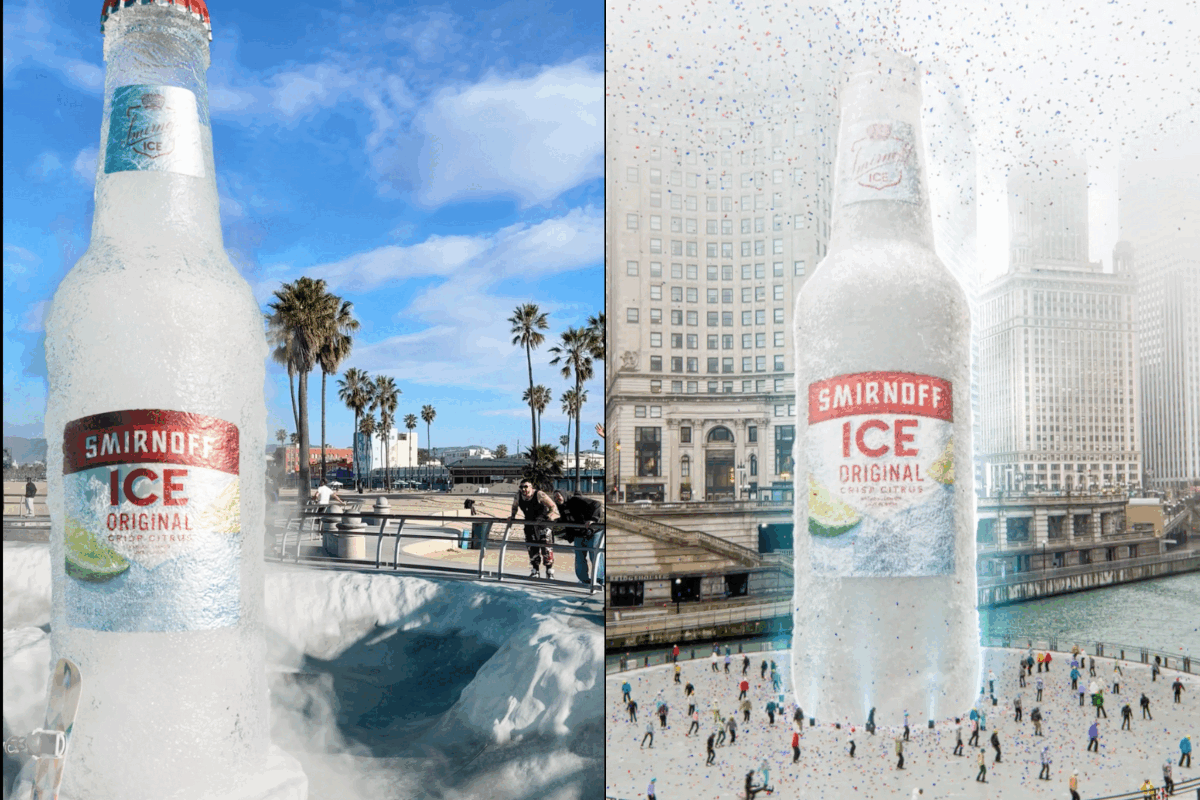2018 Awards Preview – Most Effective Automotive Campaign or Solution
- Tuesday, October 23rd, 2018
- Share this article:
Ahead of our 2018 Effective Mobile Marketing Awards, well be previewing the nominees in each category, giving you a glimpse at the high quality of entries weve seen this year. In this preview, we’re looking the campaigns and solutions that targeted consumers with an interest in cars.
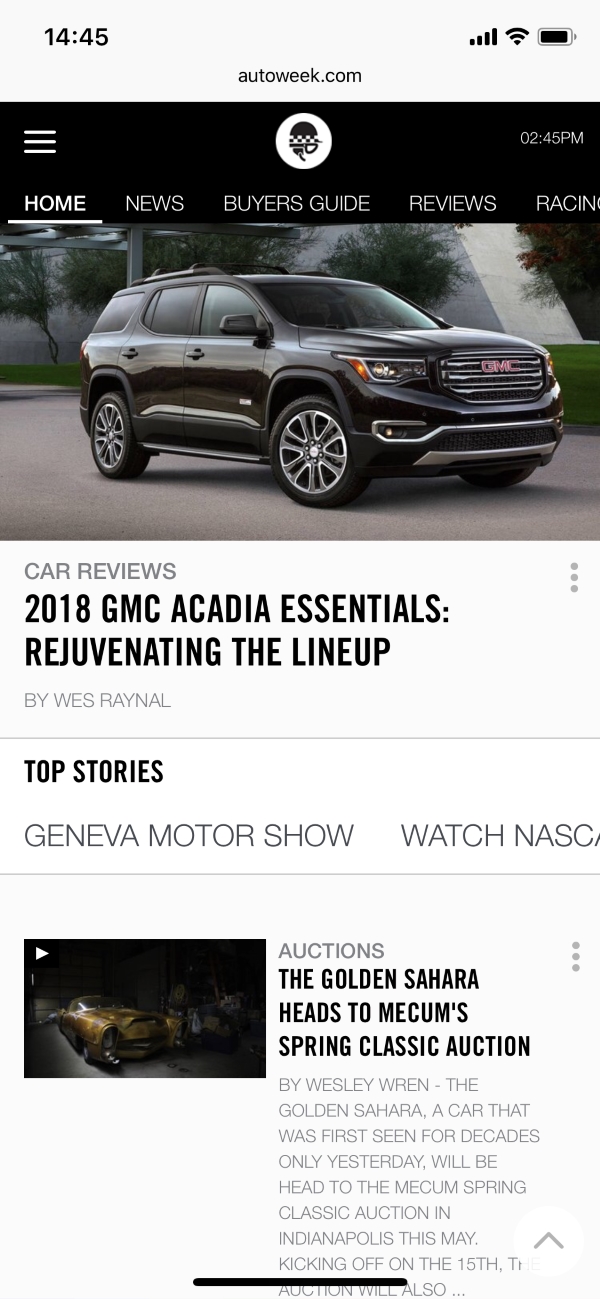 Autoweek and Marfeel – Driving Mobile Optimisation for Autoweek
Autoweek and Marfeel – Driving Mobile Optimisation for Autoweek
Autoweek, which describes itself as the ‘Car Culture’s Publication of Record’, was looking to optimise its mobile site in order to reach new readers and grab a larger share of the ‘car culture’ audience. In particular, it was looking to grow the number of readers visiting its mobile site, get page load times under three seconds to reduce bounce rates, and improve usability for a smoother reader experience.
To achieve its goals, Autoweek enlisted Marfeel’s One Ad per Page model, where Marfeel manages second ad slots on pages while delivering its technology solution.
With the solution in place, Autoweek saw daily ad impressions increase by 270 per cent in just four months, while initial ad revenue increased by over 300 per cent. Furthermore, its Google PageSpeed Insights score doubled and a 60 per cent increase in average daily views was reported.
British Automotive Polska, Selectivv and Value Media – Land Rover Geotrapping Campaign
The aim of the campaign was to promote two Land Rover product lines – the Discovery Sport and Range Rover Evoque – to both men and women older than 35 years old with upper-average income.
To take it a step further than this, British Automotive Polska wanted to reach users who were in the decision-making process of purchasing a new car. So, smartphone and tablet users who had recently visited car showrooms in Poland’s biggest cities, including Warsaw, Krakow, Katowice, and Tricity, and met the other criteria were targeted. This target audience also included people who were taking part in business conferences in Poland.
To reach this audience, Selectivv’s database of behavioural profiles was used alongside Geotrapping, a Selectivv tool which enables the targeting of users based on their location history with an accuracy of up to five metres.
The campaign achieved a click-through rate of 1.29 per cent. Of those that either watched or clicked the advert, six per cent of users visited a British Automotive Polska showroom.
Honda, GumGum and RPA – Honda Odyssey Model Year 18
With the launch of the redesigned Odyssey and the Toyota Sienna threatening to close the gap within the minivan segment, Honda needed to find a way to encourage existing minivan owners and intenders to upgrade with the new Odyssey, while creating a connection with the audience to build brand and model affinity.
Honda wanted the campaign to educate consumers of the new premium features of the 2018 Odyssey, targeting them in environments that contextually aligned with their passion points. So, GumGum created a campaign that leveraged its computer vision and image recognition technology to place Honda’s message within hyper-relevant content where the ad would reach mums as part of a family summer movie sponsorship. The technology was also used to identify and then surround content relevant to the in-market minivan consumers with high-impact creative. GumGum’s other targeting capabilities ensured the audience was one that was practically waiting for Honda’s message.
GumGum utilised a combination of computer vision and semantic analysis to target auto intenders at their passion points – in particular sponsored summer blockbuster family movies, and the unsponsored home décor, family travel, and shopping. On top of that, the targeted people were part of middle to upper middle-class families with two or more children.
The campaign achieved an overall click-through rate (CTR) of 0.81 per cent – 10 times higher than the industry standard – while the family summer movie sponsorship ended with a CTR of 0.84 per cent. Furthermore, engagement was almost five times higher than the industry standard at 13.53 per cent.
McLaren Automotive, Blis and DCT8 – McLaren Automotive Europe Campaign
With the release of the Sport Series 570S spider, McLaren Automotive was looking to challenge sports car audience perceptions of the brand and bring new prospect consumers in for test drives. To do this, the team behind the campaign identified high earners aged 30-65 with an interest in luxury goods and prestige cars as its key audience, and built a strategy to target them.
The team used geofencing around affluent locations like exclusive clubs and hotels, Michelin star restaurants and luxury retailers to identify its key audience, then identified competitor dealerships close to McLaren Automotive retailers. When profiled consumers were close to rival dealerships, the campaign targeted them in real-time with video ads, offering them a chance to learn more about McLaren’s latest models online or at a local retailer.
The campaign delivered over 4.2m impressions and drove over 23,000 consumers to the McLaren landing page to learn more about their latest models. In addition, McLaren was able to identify new conquest customers, with footfall data generated by the campaign providing key insights for future marketing.
Suzuki, Waze and the7stars – Suzuki Saturdays on Waze
Suzuki Saturday’s is a bi-annual push to get drivers into Suzuki showrooms with a money off deal for a new vehicle, using location and contextual signals to target only drivers.
The campaign was aimed at reaching drivers using Waze – who spend 14 hours a month on average in their vehicles – at safe times behind the wheel using creative to build anticipation for the event. It had to make them aware where they could find their nearest Suzuki dealership and encourage them to take advantage of the £500 off deal.
Wazers travelling no more than 20km from a Suzuki dealer were targeted with a contextual message through three Zero-Speed Takeover creatives, which were staggered to remind them of when the event was coming up. In the week prior to the event, drivers were prompted to ‘Save for Later’ so they could learn more about the offer, before being prompted to learn about where their nearest showroom is located. The day before the event, a ‘Tomorrow Only’ message was delivered then, on the day of the event, a creative was used to tell users where the event was happening around them.
The campaign served 2.5m impressions, reaching 1m users, and 11,500 ad engagements. It drove 1,161 journeys to a Suzuki dealer – 340 of these drives to dealer coming on the event day from Waze. There was also a 300 per cent lift on drives versus the previous Saturday and 230 cars were sold on the day.
Volvo, Mobsta and Mindshare – V40 Dealer Support Campaign
The challenge with this campaign was for Volvo to accurately measure footfall into dealerships, in order to able to make its digital communications accountable down to individual dealer level. Working with Mobsta, Volvo and Mindshare were able to monitor people exposed to the mobile campaign offline and, in turn, understand the effect this has on visits into dealers. And since Mobsta monitors 65m devices monthly in the UK, Volvo was able to see increases in visitation over and above natural visitation
Mobsta targeted in-market users for Volvo’s V40 on their mobile devices with creative that ledthem through to their local dealership. In-market users were defined by demographic, life-stage, intent signals and third-party data providers. The campaign only targeted users within a 30-minute drive of a Volvo dealership to avoid wastage. This parameter was specifically designed to increase sales of a model that was falling behind annual targets. Control groups were used to ensure that all of the metrics measured could be compared against a flat-level benchmark as Volvo previously hadn’t run this kind of activity before.
Mobsta ran the campaign against unique mobile handset identifiers (Device IDs) in order to ensure it could understand who was exposed to the campaign. Control groups were defined post-campaign of non-exposed users, notably within relevant audience segments (e.g. users that had visited a competitor dealership), and then compared against users who Mobsta had targeted within the campaign period. This meant that Volvo was not comparing a targeted (and therefore more likely to convert) group, against that of a randomised control group which would heavily skew the results.
Two per cent of users reached visited a Volvo Retailer, equating to almost 10,000 incremental visits. The campaign also delivered a number of other excellent results, which were shared with the judges in confidence.




